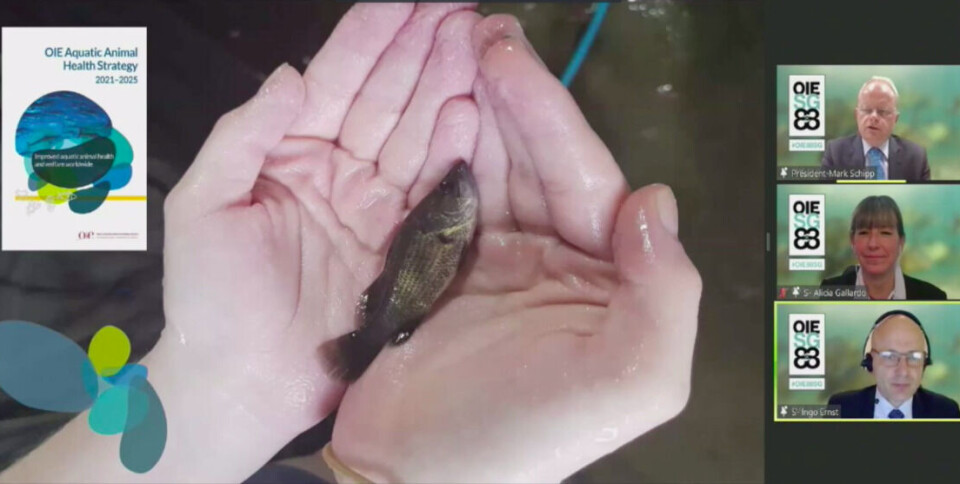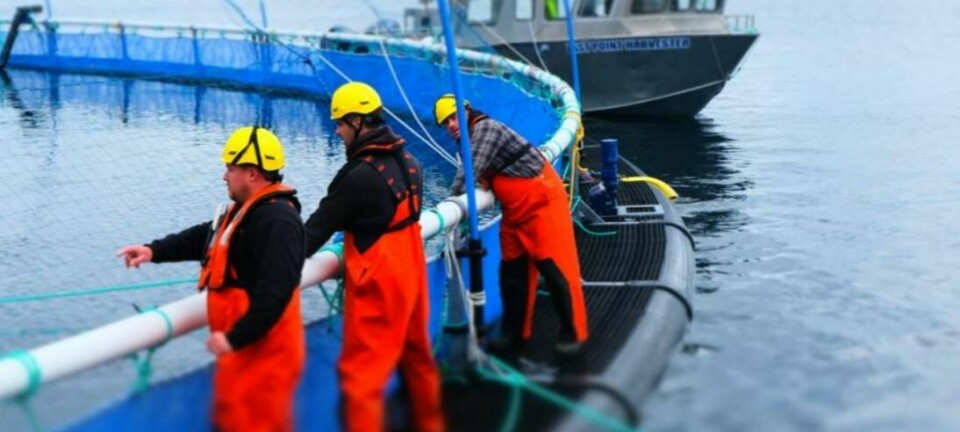
World animal health experts launch aquaculture strategy
The intergovernmental World Organisation for Animal Health has launched its first health strategy for aquatic animals such as salmon, which prioritises aspects such as fish welfare and antimicrobial resistance.
The organisation – known as OIE, after its former French name of Office International des Epizooties – seeks to improve the health and well-being of aquatic animals, thus contributing to sustainable economic growth, poverty alleviation and food security and supporting the UN Sustainable Development Goals.
Its 32-page document, the “OIE Health Strategy for Aquatic Animals 2021-2025”, stems from concern about the rapid growth of aquatic animal production, in line with its significant contribution to human nutrition, poverty alleviation and sustainable development. The document also takes into consideration the biggest threat to this type of production: disease outbreaks.
‘A paradigm shift’
The strategy identifies four areas for improvement - Standards, Capacity Building, Resilience and Leadership - and lists 23 specific activities (see panel).
The launch was held during the 88th General Session of the World Assembly of National Delegates to the OIE which took place via Zoom on Wednesday.
OIE director general Monique Éloit said initiative heralded a paradigm shift in the production of aquatic animals.
“In the same way as the livestock sector, aquaculture has become very important. What was accepted in the past is no longer accepted. This strategy is a paradigm shift and will provide us with the foundations on which to build a working base. I trust that today marks the beginning of a successful strategy,” said Éloit.
Collaboration is key
Alicia Gallardo, vice-president of the OIE Aquatic Animals Commission and Undersecretary of Fisheries and Aquaculture of Chile, said: “We recommend governments to work with international organisations, follow the OIE guidelines and advance the work networks in each of the regions.
“It is a historic moment that the OIE has taken this issue as strategic and that we have a roadmap for the coming years. We will continue working in a very motivated way to implement the strategy.”
Ingo Ernst, president of the OIE Aquatic Animals Commission, said: “This strategy is very necessary since more and more aquatic animals are cultivated and people in turn consume more aquatic animals, so the importance is growing.
“I encourage members to explore the 23 activities. Collaboration will be key through member countries, scientific communities, etc. We place it in their hands and we hope they make use of it.”
Read the full strategy here.





















































